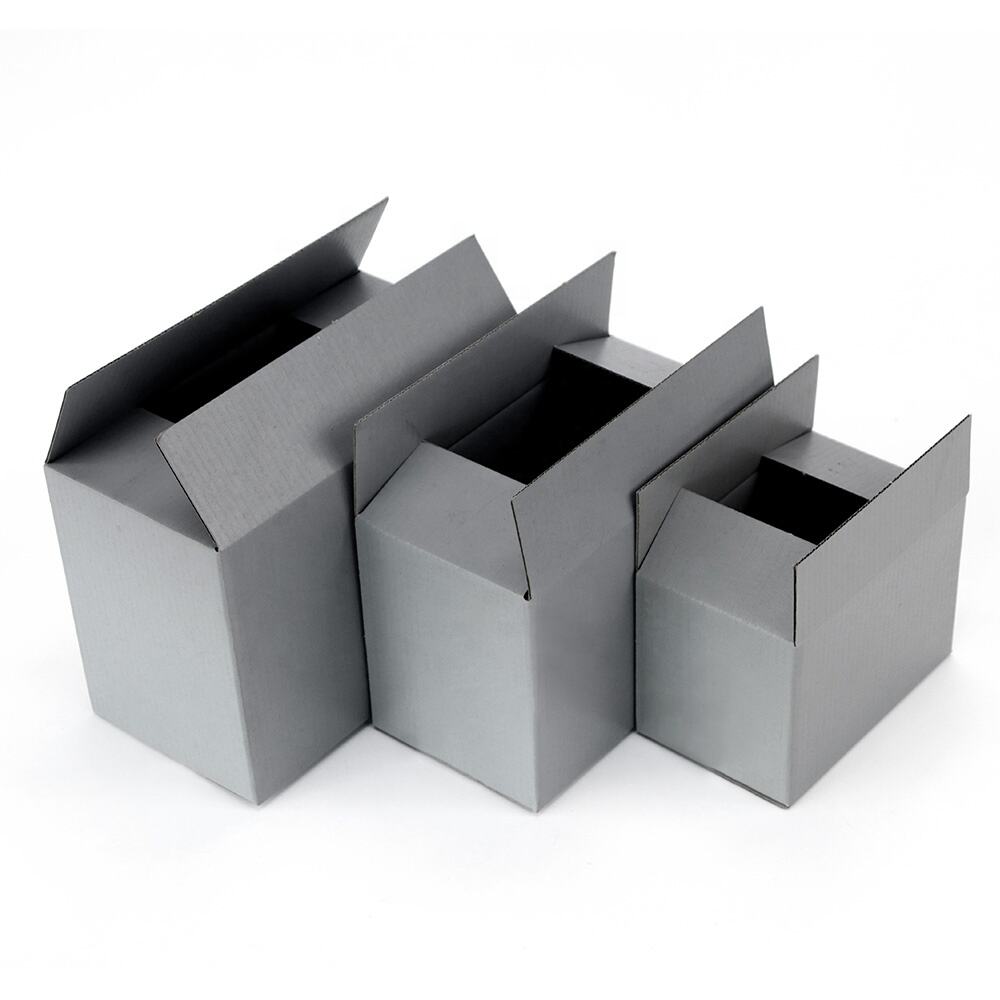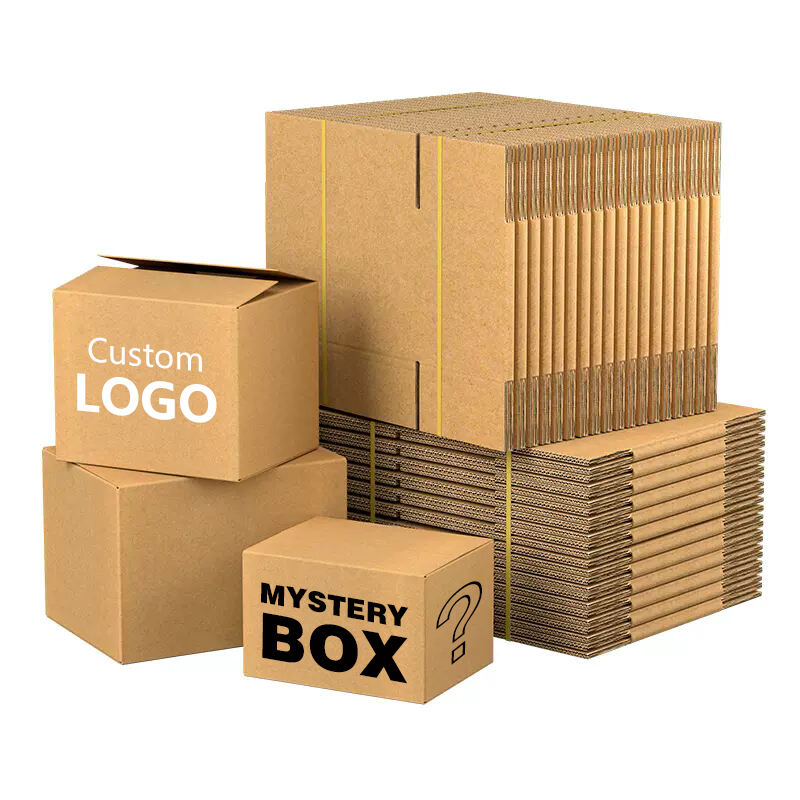The Essential Role of Cardboard Packaging in Product Protection
Every day, millions of products journey across cities, countries, and continents, arriving safely at their destinations thanks to the humble yet ingenious cardboard box. These versatile packaging solutions have revolutionized the shipping industry, providing a perfect balance of protection, sustainability, and cost-effectiveness. From delicate electronics to heavy machinery parts, cardboard boxes serve as the first line of defense against the rigors of transportation.
Understanding how cardboard boxes protect products during shipping is crucial for businesses and consumers alike. These seemingly simple containers incorporate sophisticated engineering principles and material science to ensure items remain intact throughout their journey. The protection offered by cardboard boxes goes far beyond just placing products in a container - it's a comprehensive system of shock absorption, moisture resistance, and structural integrity.
The Science Behind Cardboard Protection
Material Composition and Structure
Cardboard boxes derive their protective qualities from their unique material composition. The corrugated structure, consisting of an arched layer sandwiched between two flat layers, creates air pockets that serve as natural shock absorbers. This design allows cardboard boxes to withstand considerable pressure while maintaining their shape and integrity.
The fluting patterns within corrugated cardboard boxes play a crucial role in their protective capabilities. Different flute sizes and configurations offer varying degrees of protection, with some designed for maximum cushioning and others optimized for stacking strength. The paper fibers used in manufacturing cardboard boxes are specially processed to enhance their durability and resistance to tearing.
Strength-to-Weight Ratio Benefits
One of the most remarkable aspects of cardboard boxes is their exceptional strength-to-weight ratio. Despite being lightweight, they can support significant weight without compromising their structural integrity. This characteristic makes them ideal for efficient transportation while minimizing shipping costs. The cellular structure of corrugated cardboard distributes weight evenly, preventing localized stress points that could lead to failure.
The engineering behind cardboard boxes allows them to resist both vertical compression forces and horizontal impacts. This dual protection ensures products remain secure whether they're stacked in warehouses or jostled during transit. The lightweight nature of cardboard also reduces the overall package weight, contributing to more sustainable and cost-effective shipping solutions.
Protection Against Environmental Factors
Moisture and Temperature Control
Modern cardboard boxes incorporate sophisticated moisture-resistant technologies to protect contents from environmental conditions. Specialized coatings and treatments can be applied to the cardboard surface, creating a barrier against humidity and water exposure. This protection is crucial for maintaining product integrity during transportation through varying climate zones.
Temperature fluctuations can also affect product safety during shipping. Cardboard boxes provide natural insulation, helping to buffer against extreme temperature changes. The air pockets within corrugated cardboard act as thermal barriers, slowing heat transfer and protecting sensitive items from rapid temperature variations.
Impact and Vibration Resistance
During transportation, packages face numerous physical challenges, from sudden impacts to continuous vibration. Cardboard boxes excel at absorbing and dispersing these forces through their corrugated structure. The fluting acts as a series of spring-like cushions, converting kinetic energy from impacts into harmless deformation of the cardboard material.
The natural flexibility of cardboard allows it to bend slightly under stress without breaking, providing additional protection against drops and impacts. This characteristic is particularly valuable when shipping fragile items or electronics that could be damaged by sudden movements. The box's ability to absorb vibration also helps prevent product damage during long-distance transportation.

Customization and Enhanced Protection Features
Interior Packaging Solutions
Cardboard boxes can be enhanced with various internal protection features to provide additional security for specific products. Custom inserts, dividers, and padding can be designed to create perfect-fit solutions that prevent movement and provide extra cushioning. These customizations ensure that products remain stable and protected throughout their journey.
The versatility of cardboard allows for endless possibilities in interior packaging design. From specially designed corners that absorb impact to suspended platforms that protect delicate items, these customizations transform standard cardboard boxes into sophisticated protection systems. The ability to create custom solutions makes cardboard boxes adaptable to virtually any product protection requirement.
Reinforcement and Special Treatments
For items requiring extra protection, cardboard boxes can be reinforced with additional layers or special treatments. Double-wall and triple-wall constructions provide enhanced strength and durability for heavier items. Waterproof coatings, fire-resistant treatments, and anti-static properties can be added to meet specific shipping requirements.
Advanced manufacturing techniques allow for the integration of special features like crush-resistant corners and reinforced edges. These enhancements ensure that cardboard boxes maintain their protective qualities even under extreme conditions. The ability to add these features while maintaining the box's recyclability demonstrates the remarkable versatility of cardboard as a packaging material.
Frequently Asked Questions
What makes cardboard boxes so effective at protecting products?
Cardboard boxes are effective due to their corrugated structure, which provides excellent shock absorption and compression resistance. The combination of outer layers and fluted middle layer creates air pockets that cushion products and distribute forces evenly across the package.
How long can products safely remain in cardboard boxes during transportation?
Products can safely remain in properly sealed cardboard boxes for extended periods, typically several months or more, depending on storage conditions. The key factors affecting duration are environmental conditions, box quality, and proper packaging techniques.
Can cardboard boxes protect against water damage?
While standard cardboard boxes offer basic moisture resistance, specially treated boxes with water-resistant coatings provide enhanced protection against water damage. However, it's important to note that no cardboard box is completely waterproof without additional protective measures.



